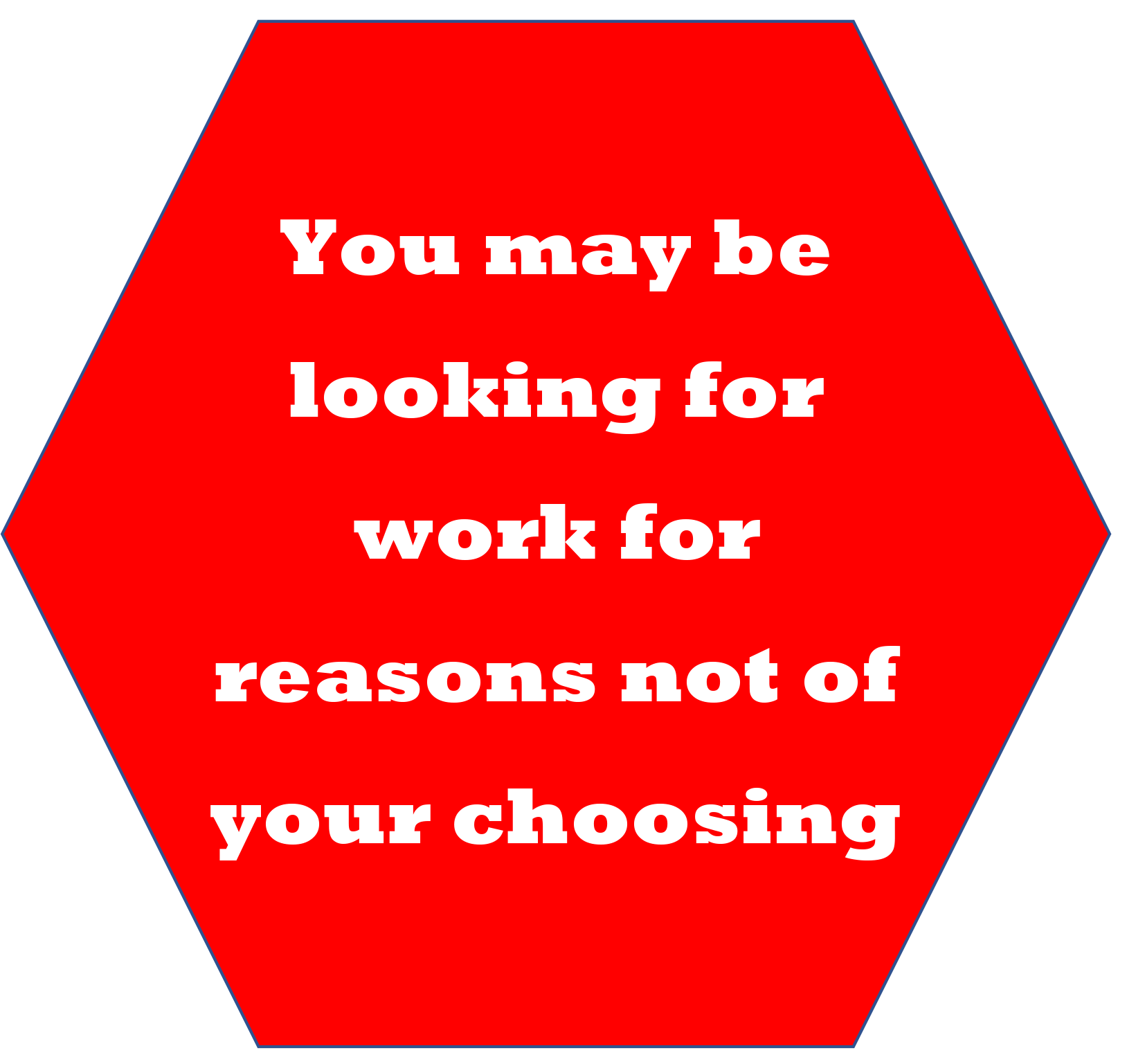Blog
It’s Time to Put Your Resume to Work – part 1

If you are going to “Put Your Strengths to Work” in a job, other than the one you currently hold, you are going to need a resume. As a change from posts that concentrate on applying your CliftonStrengths to the job search, let’s concentrate on the unavoidable tool you need to get your foot in the door.
The resume is a huge job search topic, so it will be spread over a few posts. That way, you don’t drown in information. Plus, you might actually read all the info.
What is a resume?
First, you need to understand what a resume is and the purpose it serves. The Merriam-Webster online dictionary defines a resume as “a short account of one’s career and qualifications or a set of accomplishments”. That description is accurate, but incomplete. A more precise description is a short account of one’s career activities which relate to a potential job.
Your resume is a record of what you have done in jobs you have held. It should highlight examples of your skills, accomplishments, and talents. A successful resume is one customized so that the person reading it can begin to envision you sitting at the desk down the hall, or on the construction site, or in the Monday morning Zoom call. It is not an all-inclusive list of everything you have done in your life. A resume should provide the recipient with sufficient information to encourage her to decide that you should be given further consideration for a position.
Should you create a resume?
Why would you go to the trouble of creating a resume?
To get a job! Seems obvious, doesn’t it.
More accurately, you create a resume to get an interview, to get a job. One thing at a time, if you please.
Beginning with the end in mind, you need to prepare your resume so the person receiving it becomes sufficiently interested in your ability to fill a position in her organization to be willing to grant you an interview.
Creating a resume is a lot of work. If you are not currently looking for a job, why would you spend time doing this (probably) less than fun activity. Well, there is a positive and a negative reason.

The negative reason is that fate has a way of interrupting lives at the most inconvenient time. Think about the Great Recession or Covid pandemic job losses. Even in a healthy economy, companies downsize, right-size or capsize. In other words, you may be looking for work for reasons that are not of your choosing.
On the positive side, someone may contact you out of the blue and say they have heard that you are the best salesperson, biochemical patent attorney, blacksmith or whatever. They are wondering if you might be interested in a new opportunity and would you be so kind as to send them your resume.

The Boy Scouts recommend be prepared. So does your career coach!
Another positive reason to go to the trouble of creating a resume is that the process can give you a chance to take stock in your career and your life. What have you done so far? What do you need to add to your experience to increase opportunities? Make use of the opportunity to think about what you have done and want to do in the future.
Types of resumes
There are two major resume types, chronological and functional. The names refer to how your experience and skills are described. The chronological resume presents your experience in reverse chronological order (bet you weren’t expecting that). For each job, you give your job title, the name of the organization you worked for and your dates of employment. You then describe your successes in the various tasks you performed during each job.
The functional resume presents your experience by skills and functions rather than by position held. This may seem like a great way to present your information. Grouping all your successes with a particular skill together seems like a great way to go. It is not. Functional resumes tend to raise red flags with employers. They assume the applicant is trying to hide something. This is because the main reason that people use functional resumes is to hide something, like a stretch of unemployment. Info in a functional resume can also be much harder for a hiring manager to corroborate It is seriously recommended that you avoid submitting a functional resume unless you know that it is common in your industry or more importantly, if they are accepted favorably by the company that you apply to.
After I have denigrated the functional resume, be forewarned, you will be using the concept of the functional resume in the creation of a customizable chronological (a-la-carte) resume.
As information (I am a recovering librarian), there is a specialized resume referred to as a curriculum vitae or CV which is used almost exclusively in academia. The CV is a near exhaustive description of academic work completed, papers written, and classes taught. It can be as many pages long as the applicant’s experience might justify. That is not true for resumes for business, industry, or not-for-profit.
The proper length for a standard resume is where we will pick up the subject of resumes in the next post.

Time to take a break
That is enough for now. Stay tuned for information about what should be included in your resume and how to create a “tool” that will help you to be able to quickly respond to any opportunity with a customized resume.
“It’s Time to Put Your Resume to Work – Part 2” is now available. You should read it ASAP.
Part 3 in the series covers “The a la Carte or Customizable Resume”.
If you need help with your job search, please reach out to https://www.crewsstrengths.com/pages/contact.html . And remember, “It’s Time to Put Your Strengths to Work”.
Previous Posts
- “It’s Time for You to Ask the Questions!” - August 8, 2024
- What “Superpowers” are Hiding in Your Toolbox?: - May 29, 2024
- It’s Time to Put Your Strengths to Work for Your Interview – Part 4 - October 16, 2023
- It’s Time to Put Your Strengths to Work for Your Interview – Part 3 - August 21, 2023
- It’s Time to Put Your Strengths to Work for Your Interview – part 2 - July 20, 2023
- It’s Time to Put Your Strengths to Work for Your Interview - June 22, 2023
- It’s Time to Put Your References to Work - February 14, 2023
- It’s Time to Work Around Your Weaknesses - November 15, 2022
- It’s Time to Put Your Skills, Talents, Strengths (and even Weaknesses) to Work! (Once you figure out what they are). - October 13, 2022
- It’s Time to Put Your Strengths to Work: Why Hire a Coach? - August 1, 2022
- It’s Time to Put Your Strengths to Work: Rejection and the Job Search - June 25, 2022
- No One Deserves to HATE Their Job! : Your Solution to the “Great Resignation” - May 23, 2022
- It’s Time to Put Your Strengths to Work: Strengths and the Reentry Career Alliance Academy - March 3, 2022
- It’s Time to Put Your Resume to Work: Part 11. An Inventory of Your Career: Resume as Assessment - February 3, 2022
- Have Yourself a Merry Little Job Search: - November 23, 2021
- It’s Time to Put Your Resume to Work: Part 10. - October 21, 2021
- It’s Time to Put Your Resume to Work: Part 9 – Avoiding the Trash - August 25, 2021
- It’s Time to Put Your Resume to Work: Post 8. How Dressed Up Does Your Resume Need to Be? - July 20, 2021
- “It’s Time to Put Your Resume to Work” : Part 7: What to Do When You Don’t Meet All the Requirements - June 24, 2021
- “It’s Time to Put Your Resume to Work”: Part 6. Avoiding the Mundane, Boring, and Useless - May 26, 2021
- “It’s Time to Put Your Resume to Work”, Part 5 – Creating a Universal Resume (When you Don’t have All the Facts) - May 5, 2021
- “It’s Time to Put Your Resume to Work” – Part 4: Finding the Words (literally) - April 7, 2021
- BONUS – “It’s Time to Put Your Resume to Work”- Part 3a : What is the Correct Length for Your Resume? - March 25, 2021
- “It’s Time to Put Your Resume to Work”- Part 3 : The a la Carte or Customizable Resume - March 16, 2021
- It’s Time to Put Your Resume to Work – part 2 - February 9, 2021
- It’s Time to Put Your Resume to Work – part 1 - January 27, 2021
- Strengths Help You Hear the Music - October 20, 2020
- StrengthsFinder & the Ancient Philosopher - September 3, 2020
- StrengthsFinder Domains: A View of Your Strengths from 50,000 Feet - July 20, 2020
- Talents are Your Edge in a Job Search - June 25, 2020
- This Is Who You Are and That’s A Good Thing - May 22, 2020
- Introvert or Extrovert: A CliftonStrengths view - May 13, 2020
- Is It Time to Put Your “Superpowers” to Work? - April 10, 2020
- Who Are You? - April 3, 2020